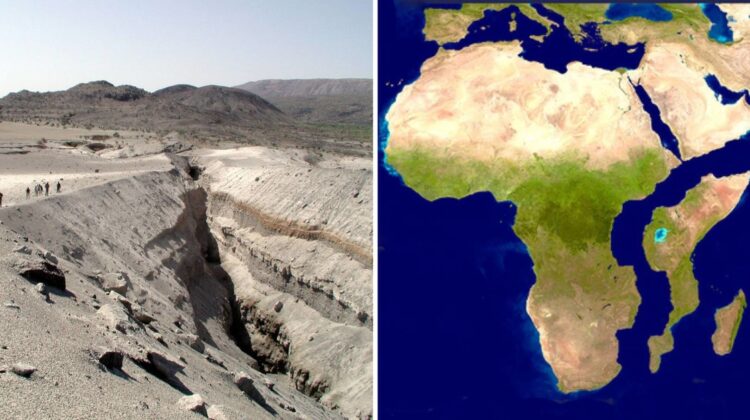
Africa is currently in the throes of a breathtaking geological transformation that promises to reshape the continent and give rise to a new ocean. This extraordinary process is occurring in Ethiopia’s Afar region, where a colossal crack in the Earth’s crust, known as the East African Rift, is progressively widening and deepening, revealing the molten magma beneath.
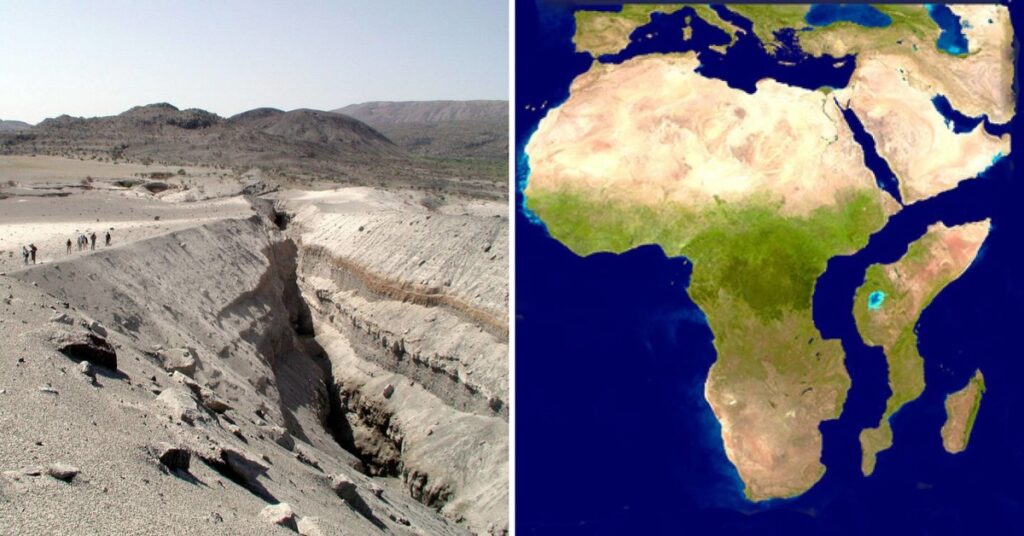
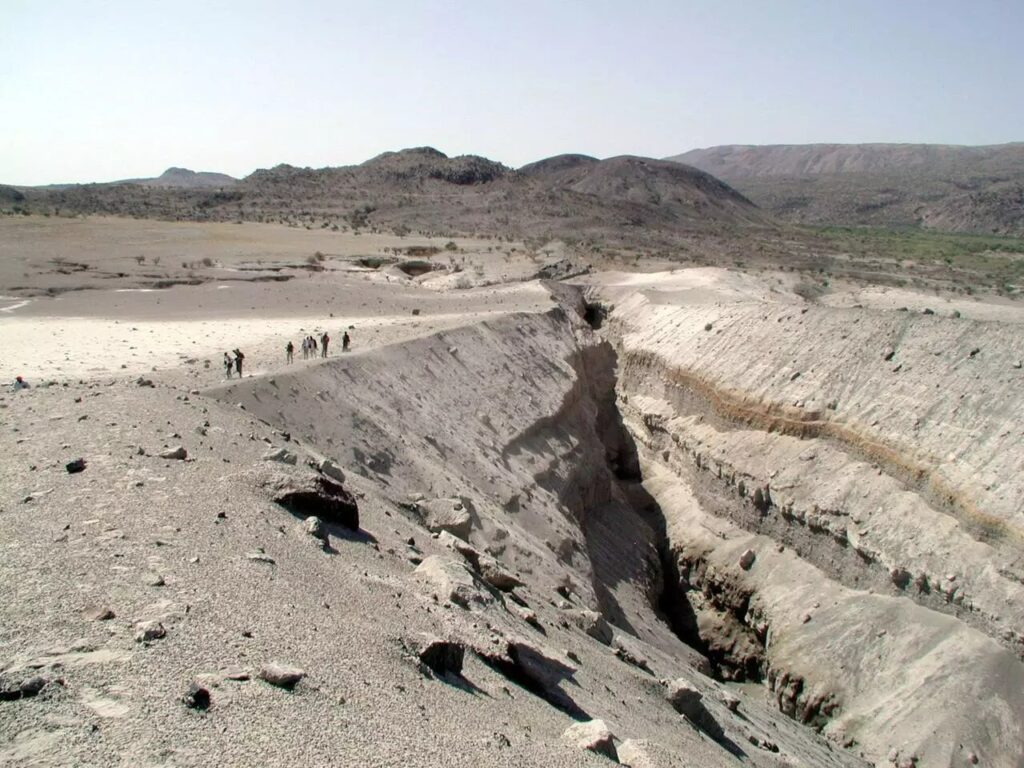
The East African Rift is a consequence of the intricate dance of three tectonic plates—Nubian, Somali, and Arabian—each pulling away from the others. The diverging plates create spaces filled with molten rock from the mantle, forming new crust and giving birth to volcanoes. While the East African Rift is not a novel phenomenon, the Afar region stands out as one of the rare places where this rifting process unfolds on land, offering a visible spectacle of continental transformation.

The Afar Depression, situated within the Afar region, witnessed a remarkable event in 2005 when the eruption of the Dabbahu volcano triggered a series of earthquakes, resulting in a 35-mile (60 km) and 26-feet (8 meters) wide fissure within ten days. The ground between the fissure dropped, creating a depression poised to become a new sea floor. This astonishing occurrence was described by scientists as “the birth of a new ocean.”
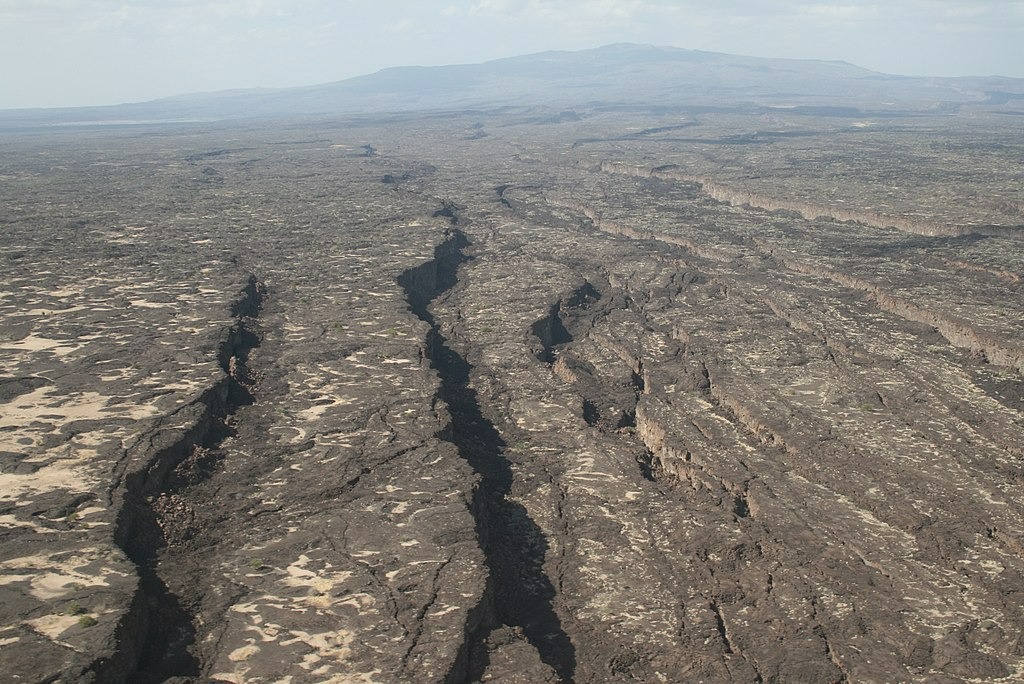
Researchers utilized seismic data from the 2005 eruption to reconstruct the event, revealing that the rift rapidly split its entire 35-mile span within days. The process initiated with the eruption of the Dabbahu volcano, situated at the northern end of the rift, followed by magma surging upward through the central rift region, gradually separating the rift in both directions.
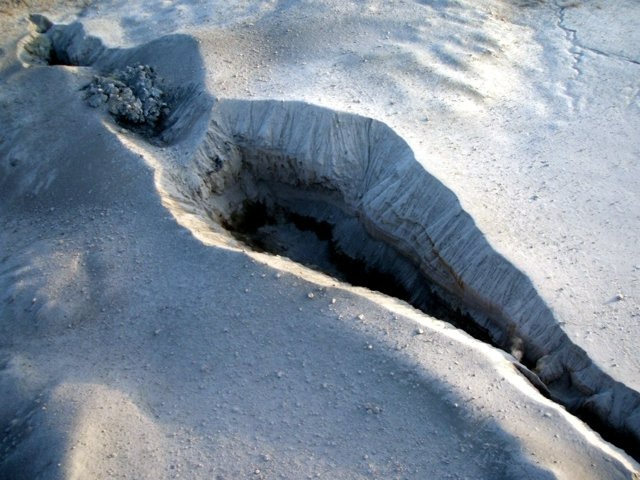
Since then, the rifting has persisted at a slower pace, punctuated by occasional bursts of activity. Subsequent volcanic eruptions, landslides, and widening rifts have continued to shape the evolving landscape. Satellite images in 2019 indicated a 4 cm widening of the rift in just six months, signaling the ongoing formation of oceanic crust.

The implications of this geological marvel extend beyond the realm of geology. The Afar region is a haven for diverse and endemic flora and fauna, uniquely adapted to its challenging environment. Moreover, it holds rich deposits of fossils and artifacts crucial for unraveling the history of human evolution.
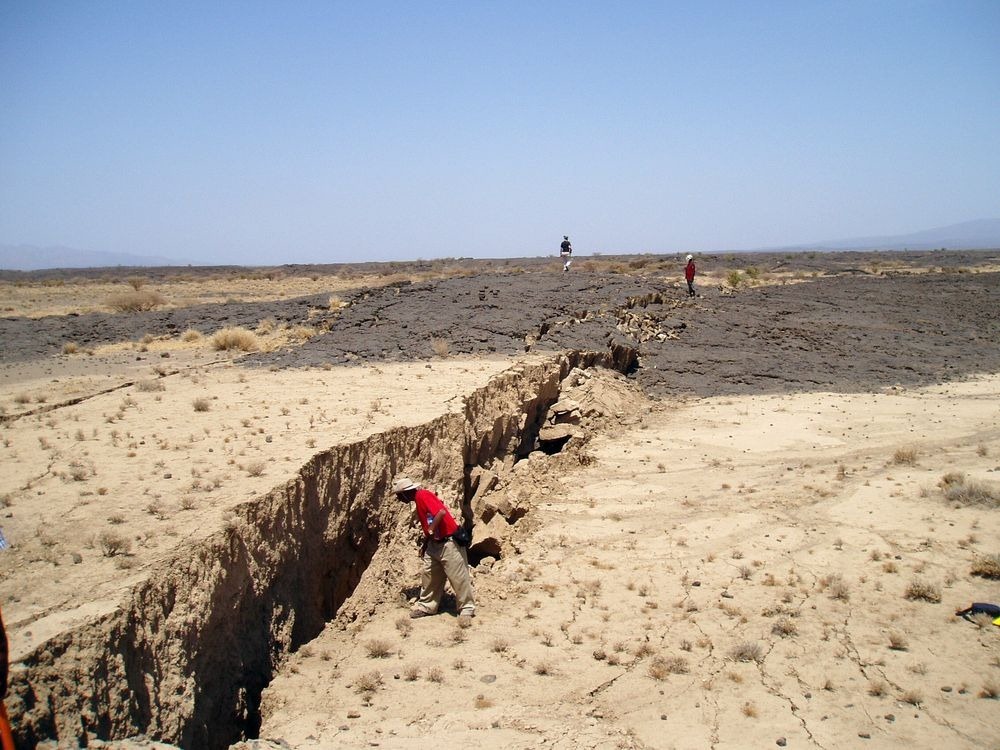
While the exact timeline for the formation of the new ocean remains uncertain, prevailing hypotheses suggest that the Red Sea could flow into the emerging sea in approximately a million years. This connection would link the Red Sea and the Gulf of Aden, marking the fruition of a profound geological transformation.
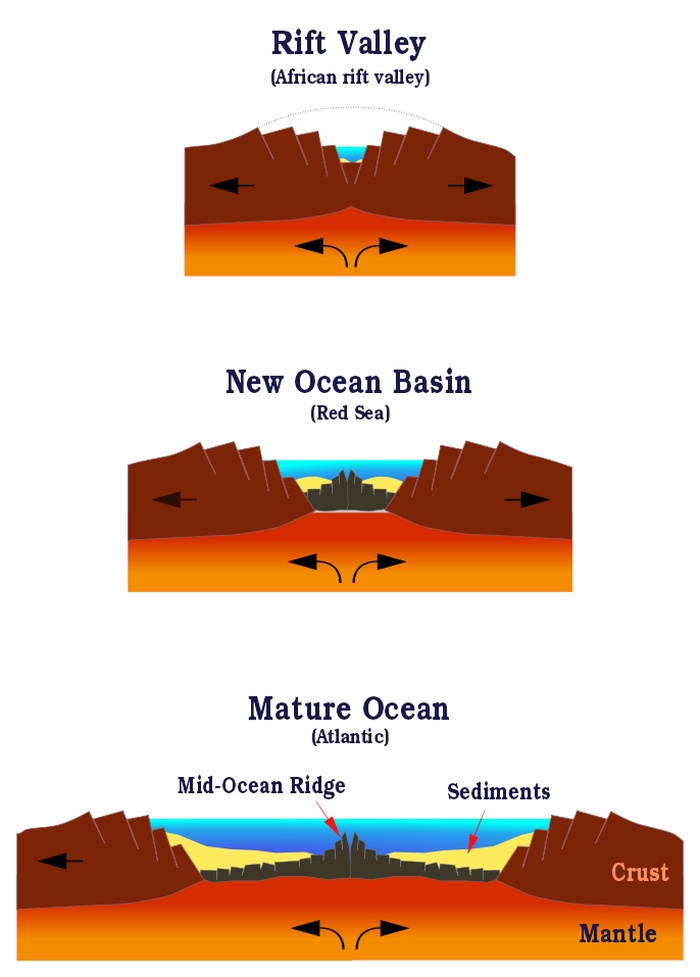
The rifting in Afar is a captivating opportunity to witness the fundamental forces that shape our planet—plate tectonics. It serves as a testament to the dynamic nature of Earth, offering a stark reminder of how much is left to discover about our planet’s intricate workings.

Leave a Reply